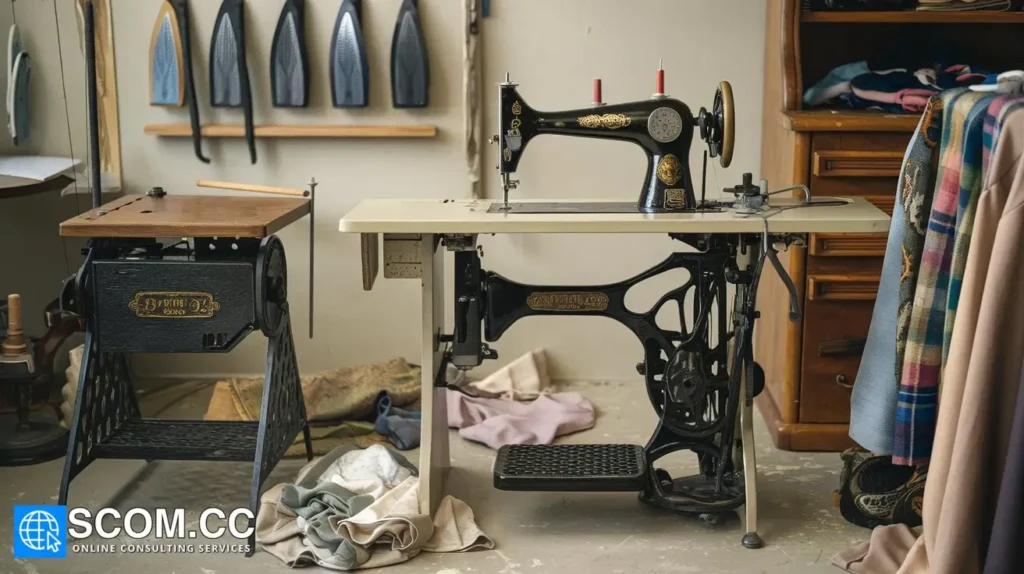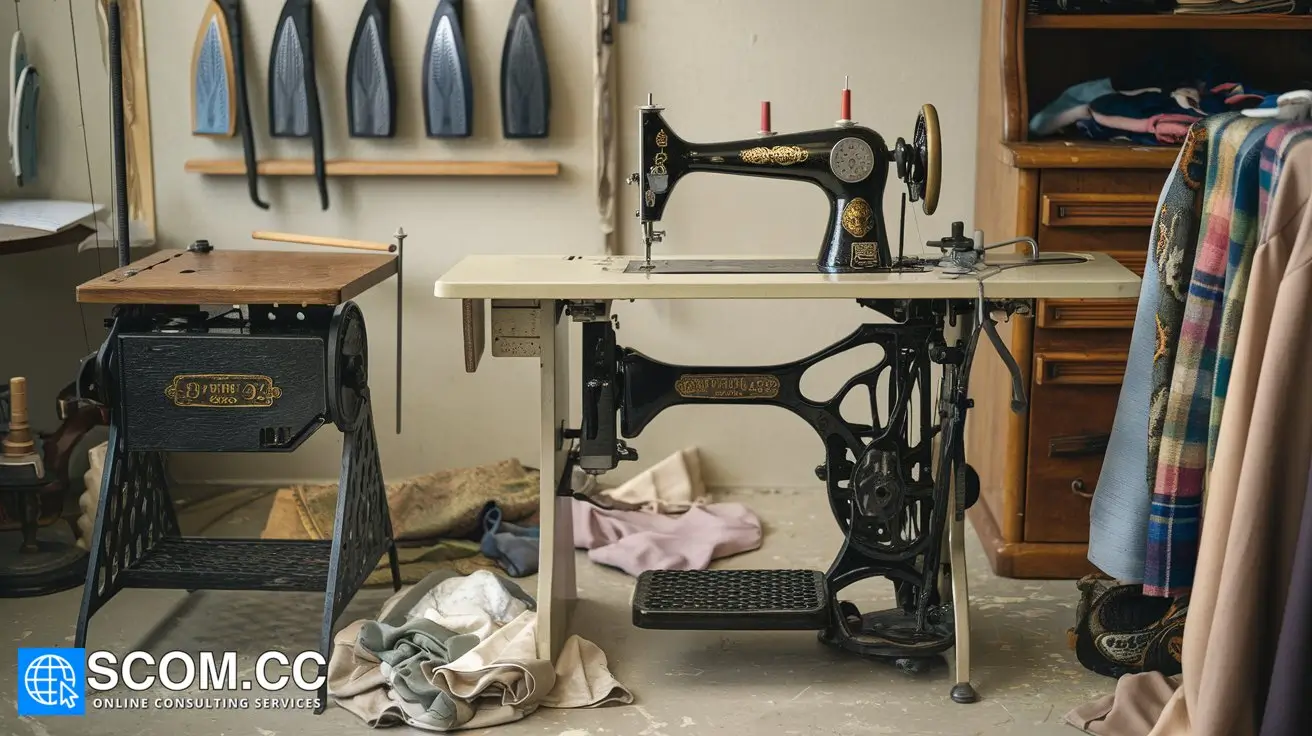Choosing the Right Interfacing for Tailored Suits

Choosing the Right Interfacing for Tailored Suits
When it comes to crafting a tailored suit, the choice of interfacing is as critical as the fabric itself. Interfacing provides structure, shape, and support to various parts of the suit, such as the collar, lapels, and cuffs. Choosing the right interfacing can make the difference between a well-structured, professional-looking suit and one that falls short of expectations. This comprehensive guide will explore the types of interfacing, their applications, and tips for selecting the best one for your tailored suits.
What Is Interfacing?
Interfacing is a layer of fabric or material used between the main fabric and lining of a garment to provide additional support and shape. It helps maintain the structure of tailored garments and ensures that key features like collars, lapels, and cuffs retain their intended form.
Types of Interfacing
1. Fusible Interfacing
Fusible interfacing has an adhesive backing that bonds to the main fabric when heat is applied. It is the most commonly used type for tailored suits due to its ease of application and reliable performance.
- Characteristics:
- Adhesive Backing: Bonds to fabric when pressed with an iron.
- Varieties: Comes in different weights and types, including woven, non-woven, and knit.
- Application: Ideal for most parts of a suit, including collars, lapels, and facings.
- Pros:
- Ease of Use: Simple to apply with an iron.
- Consistency: Provides a uniform finish.
- Durability: Stays in place through wear and washing.
- Cons:
- Heat Sensitivity: Not suitable for fabrics that can be damaged by heat.
- Potential to Peel: May peel away if not applied correctly.
2. Sew-In Interfacing
Sew-in interfacing is a non-adhesive type that is stitched into the garment. It offers flexibility and is preferred for fabrics that cannot withstand the heat of fusible interfacing.
- Characteristics:
- No Adhesive: Requires stitching to attach.
- Varieties: Available in woven, non-woven, and knit forms.
- Application: Suitable for delicate fabrics and high-end tailoring projects.
- Pros:
- Suitable for Heat-Sensitive Fabrics: Works well with fabrics that can't handle heat.
- Flexibility: Allows for more movement and adaptability in the garment.
- Cons:
- Labor-Intensive: Requires additional stitching, which can be time-consuming.
- Less Bonded: May shift slightly if not properly secured.
3. Non-Woven Interfacing
Non-woven interfacing is made from fibers bonded together without weaving. It is often used for lightweight applications and adds minimal bulk.
- Characteristics:
- Structure: Provides a stable but lightweight support.
- Varieties: Comes in different weights and stiffness levels.
- Application: Ideal for lightweight fabrics and interfacing in less structured areas.
- Pros:
- Lightweight: Adds minimal bulk.
- Affordable: Generally less expensive than woven alternatives.
- Cons:
- Less Durable: May not be as long-lasting as woven interfacing.
- Potential for Wrinkling: Can wrinkle or distort over time.
4. Woven Interfacing
Woven interfacing is made from fibers that are woven together, similar to fabric. It provides a more structured and stable finish compared to non-woven interfacing.
- Characteristics:
- Structure: Offers a firm yet flexible support.
- Varieties: Available in various weights and finishes.
- Application: Best for high-quality suits and areas requiring substantial support.
- Pros:
- Durability: Long-lasting and maintains shape well.
- Professional Finish: Provides a crisp, tailored look.
- Cons:
- Bulkier: May add more bulk compared to non-woven interfacing.
- Cost: Generally more expensive than non-woven options.
Choosing the Right Interfacing for Your Suit
1. Consider the Fabric
- Lightweight Fabrics: Use lightweight fusible or non-woven interfacing to maintain the drape of the fabric.
- Heavyweight Fabrics: Opt for heavier fusible or woven interfacing for added structure and support.
2. Evaluate the Suit Components
- Collars and Lapels: These areas require firm support. Fusible or woven interfacing is typically preferred for maintaining shape and structure.
- Cuffs and Pockets: These areas benefit from interfacing that provides both stability and flexibility. Choose according to the weight and type of fabric used.
3. Assess Heat Sensitivity
- Heat-Sensitive Fabrics: For fabrics that cannot withstand high temperatures, opt for sew-in interfacing.
- Heat-Tolerant Fabrics: Fusible interfacing works well if the fabric can handle the heat required for bonding.
4. Check for Fabric Compatibility
- Match Weights: Ensure that the weight of the interfacing matches the weight of the fabric to avoid distortion or puckering.
- Texture Considerations: Choose interfacing that complements the texture of the fabric for a smooth finish.
Application Tips
1. Test on Scrap Fabric
Before applying interfacing to your suit, test it on a scrap piece of the same fabric to ensure compatibility and avoid any potential issues.
2. Follow Manufacturer Instructions
Adhere to the manufacturer’s instructions for applying fusible interfacing, including the recommended temperature and pressing time.
3. Use a Pressing Cloth
Protect your fabric and interfacing by using a pressing cloth to prevent direct contact with the iron, especially when working with delicate fabrics.
4. Ensure Even Application
Apply the interfacing evenly to avoid bubbles or uneven areas. Smooth out any wrinkles or bubbles immediately to ensure a flat and professional finish.
Conclusion
Choosing the right interfacing is crucial for achieving a well-constructed and professionally tailored suit. By understanding the different types of interfacing—fusible, sew-in, non-woven, and woven—and considering factors such as fabric type, suit components, and heat sensitivity, you can select the most appropriate interfacing for your project. Proper application and attention to detail will ensure that your tailored suit maintains its shape and structure, providing a polished and refined appearance.

To explore more about tailoring, visit our Blog of Tailoring. If you have any questions or need assistance, go to our contact page. Additionally, you can find more information about tailoring and consulting at this tailoring and consulting portal.

Leave a Reply